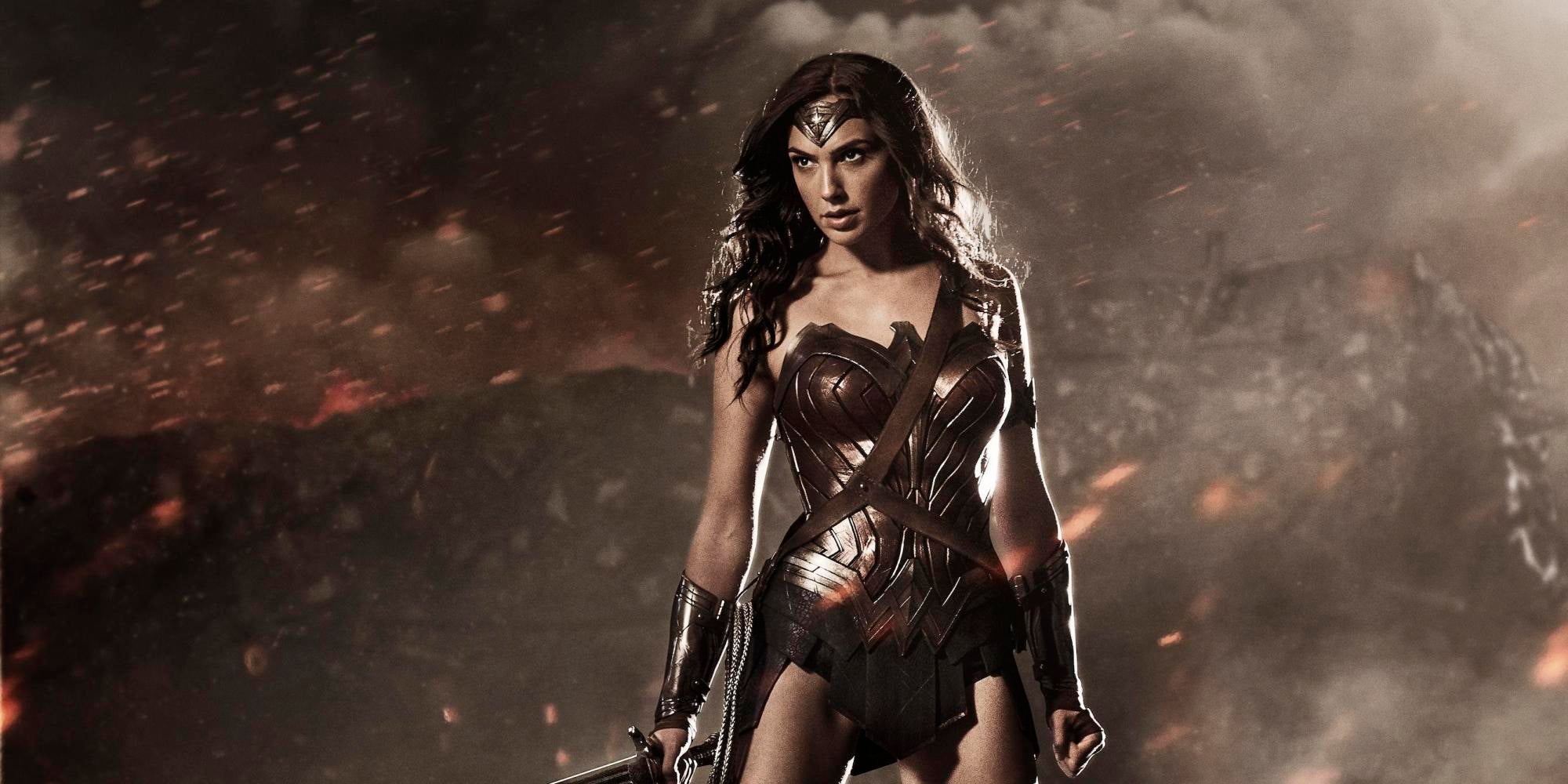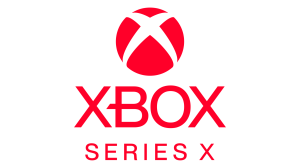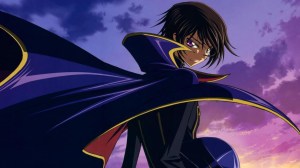This year will see the release of at least 13 films budgeted at over $100 million, possibly more depending on films like Ant-Man, which may come close. While 2014 saw that many productions breach the $150 million mark, that’s still a lot of money being spent to produce the movies we fondly refer to as blockbusters. There is no bigger stage in the world for stories right now than these big budget films being produced in Hollywood. They are found in cinemas worldwide, often garnering more than $1 billion at the box office, before being distributed again across the internet. Scroll any website or walk down any city sidewalk in summer, and it’s plain to see that these are the stories everyone is seeing. Below is a list of all 13 set to breach the $100 million mark, and the directors given the responsibility of steering these massive movies.
Videos by ComicBook.com
The Avengers: Age of Ultron – Joss Whedon – $280 Million
Fantastic Four – Josh Trank – $122 Million
Furious 7 – James Wan – $190 Million
Jupiter Ascending – The Wachowskis – $176 Million
Jurassic World – Colin Trevorrow – $150 Million
Mad Max: Fury Road – George Miller – $150 Million
Mission Impossible: Rogue Nation – Christopher McQuarrie – TBD
Pan – Joe Wright – $150 Million
San Andreas – Brad Peyton – $100 Million
Spectre – Sam Mendes – TBD
Star Wars: The Force Awakens – J.J. Abrams – TBD
Terminator Genisys – Alan Taylor – $170 Million
Tomorrowland – Brad Bird – $190 Million
Looking at the list of directors, one observation is too obvious to ignore. They are almost all men.
I say “almost” because Lana Wachowski is one half of the Wachowski partnership. Besides her, not single woman directed a movie over $100 million dollars this summer.
In fact, only one woman has directed a movie over $100 million dollars on her own ever: Kathryn Bigelow. She directed K-19: The Widowmaker with a budget of $102 million in 2002. That was 13 years ago.
Bigelow has been Hollywood’s single, reliable exception to the lack of women directing large studio pictures. Before K-19: The Widowmaker she made her bones on features like Near Dark, Strange Days, and Point Break, which transformed Keanu Reeves from stoner to action star. While she has not dealt with a budget quite as large since, her films have been well received both critically and commercially. The Hurt Locker won a slew of awards in 2008 (although it was independently funded), and Zero Dark Thirty was released to an even greater response from the public. Bigelow has not so much broken the glass ceiling for women directors in Hollywood, so much as she has become the exception to prove the rule.
Even Lana Wachowski’s successful partnership with her brother Andy is tempered by the fact that she broke into Hollywood identifying as a man. Neither she nor any studio acknowledged her gender transition until after the release of Speed Racer, the fifth blockbuster directed by the Wachowskis. The first studio film directed by Lana after acknowledging her transition was Cloud Atlas in 2012, 16 years after the success of The Matrix.
Looking at the representation of women telling stories in Hollywood at any level is depressing. When you focus on the film’s that receive and earn the most money, the problem could not be any plainer. There are few boy’s clubs bigger than the one composed of Hollywood directors, and the result if that women are being excluded from sharing their voices on the largest stage in the world right now.
There are no excuses for this in the year 2015.
Some will claim that no women in Hollywood have the necessary experience and skills to direct films on this scale. Not only are there women ably prepared to take on these projects (who we’ll discuss very soon), but this standard isn’t even being applied to the current roster of blockbusters. Josh Trank’s largest film before being handed the reins of Fantastic Four was Chronicle. While it was a superhero flick, it only cost $12 million. Colin Trevorrow, the director of Jurassic World, makes for an even more extreme example. Safety Not Guaranteed, his last and most expensive film, cost only $750 thousand. While both of these men have shown skill behind the camera, they lack any experience directing films of this scale.
The other common counter-argument is that studios ought to simply pick the best person for the job regardless of race or gender. It’s a fine argument if you are living in a perfectly equitable society, which we are not. If you truly believe that only the best people are being hired to direct, then you have to accept that white men are inherently better suited to the job (because they receive it the vast majority of the time). If that’s a premise that sounds perfectly reasonable, then it’s time to sit in the corner and think about what’s in your head.
This is the point where thing can seem pretty hopeless. Looking at a sea of exciting new films, reaching people around the world, and all of them are being directed by men. But I’m not ready to give up on Hollywood and it doesn’t look like Hollywood is giving up. Marvel Studios and Warner Brothers, the studios behind two of the biggest blockbuster franchises today have either hired or are actively seeking women to direct an upcoming film. And to me, it makes perfect sense that superhero stories, tales of hope and justice if there ever were any, are leading the way.
Warner Brothers initially hired Michelle MacLaren to direct the upcoming Wonder Woman film. When creative differences led to the studio and director parting ways, they opted to hire Patty Jenkins, rather than giving up. Jenkins’ 2003 film Monster is a masterpiece (Roger Ebert named it the third best film of the decade). Although she has focused on smaller projects since like the film Five and episodes of both The Killing and Betrayal, Jenkins has shown she is an incredibly skilled storyteller and cinematographer ready for this opportunity.
Marvel Studios has not officially hired a woman to direct an upcoming film yet. However, they are currently searching for people to head up Black Panther, Captain Marvel, Thor: Ragnarok, and Inhumans. They have also been meeting with Ava DuVernay, director of the superb Selma. DuVernay is perhaps the brightest rising star in Hollywood and could make an excellent fit for any of these films (although I would love to see her direct another large ensemble in the lands of Wakanda). Marvel Studios has also made a point of hiring Nicole Perlman and Meg Lefauve to write Captain Marvel, providing encouragement that the movie will feature a woman’s perspective.
MacLaren, Jenkins, and DuVernay are far from the only women deserving of a shot at the biggest films in Hollywood. Lena Dunham’s work on HBO’s Girls has been consistently great, and has risen to the sublime in episodes like “Beach House” and “Home Birth”. She’s also worked closely with Judd Apatow, receiving a mentorship from one of the most popular directors working today. Debra Granik, the director of Winter’s Bone and Jennifer Lawrence’s breakout role, is developing a series with HBO currently, but it has not been greenlit. Jennifer Kent’s breakout work on The Babadook last year ought to have her on any smart producers map. And the list goes on including incredible directors like Angelina Jolie (Unbroken), Dee Rees (Bessie), and Amy Seimetz (Sun Don’t Shine).
Some like Jolie have expressed a lack of interest in directing blockbusters. It is difficult to believe that none of these women have any desire to leave their fingerprint on cultural landmarks like the superheroes of Marvel and DC, terminators, aliens, and so many others though. Studios and audiences would be lucky to have any of them leave their mark though. Right now we are only receiving these massive stories from the perspective of half of our population. In turn we are missing out on half of what can seen and experienced. By denying these women the opportunity to direct blockbusters, we are hurting ourselves.
It looks like we will be in for some good luck in 2017 when MacLaren’s Wonder Woman is due to be released, and it seems likely that DuVernay and Marvel will follow up soon after. These two opportunities mark an important start. They are the opening shots in an attempt to change Hollywood and help our most popular form of entertainment reflect the audience who loves it. Each of the women mentioned in this article represent a unique vision and opportunity for these massive films to pursue. Whether it is the incredibly tense and idiosyncratic storytelling of Jennifer Kent or the masterful scope and style of Ava DuVernary, these women are offering us blockbuster films like nothing we have experienced to date. As audiences we are lucky to demand to hear these tales, and studios ought to consider themselves lucky to have access to this talent. With any luck at all, we’ll only hear more from these incredible women in the years to come.









